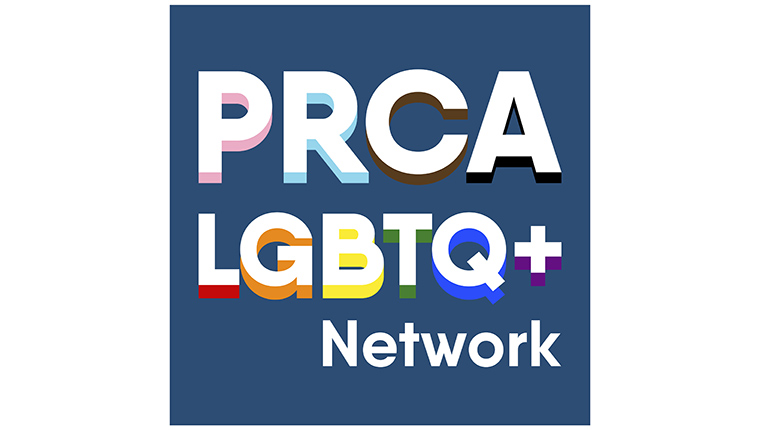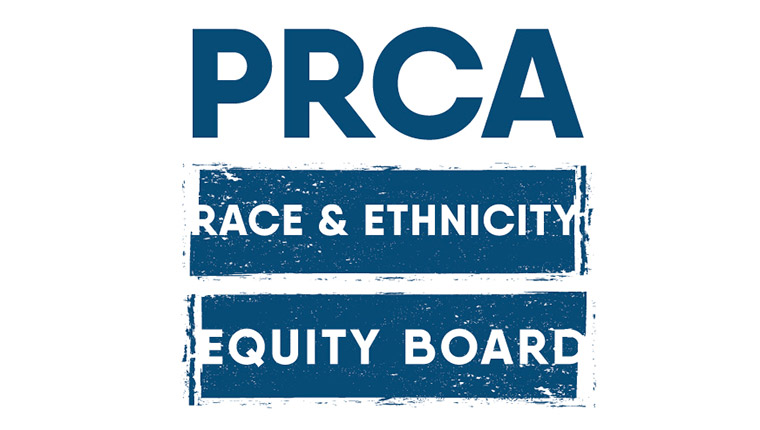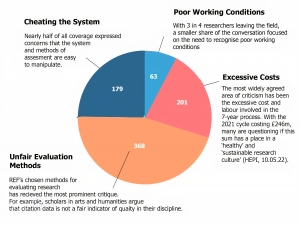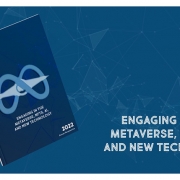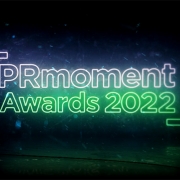An introduction to social listening for PR, comms and public affairs teams
If you work in public relations, communications or public affairs and you’re only tracking your brand or client’s reputation and impact across the media, you might be missing a significant part of the conversation.
For the basics of social listening and how it can inform your work and success rate, read on below…
What is social listening?
Social listening, in essence, is listening to any conversation that’s happening on the World Wide Web – it’s much more than a buzzword banded around by PR teams keen to appear in-the-know when it comes to digital.
Social listening can include Facebook, Instagram, YouTube, right through to blogs and online forums. Pulsar’s social listening solutions are also expanding to ‘newer’ platforms like TikTok and Twitch, beloved of younger, incredibly-engaged online demographics.
There are two forms of social listening particularly useful when planning for upcoming campaigns and tracking their impact.
Pre-mediated listening: Are there trends you want to track, like sustainability, rising sea levels, or air travel, but you aren’t exactly sure what the conversation around them looks like? Pre-mediated listening is where you can start zeroing-in on these conversational topics. They can be specific to your brand, your competitors, or sectors you wish to be associated with.
Organic listening: Perhaps you don’t know a lot about your intended audience yet – what topics do they care about, how do they feel about them? How should you position your own brand on the topic? This is where organic listening comes in.
Is social listening… legal?
In a word – yes. All social platforms have terms and conditions that social listening services such as Pulsar must adhere to. For social platforms that have both public and private profiles, only the datasets from the public ones, those that are in the public domain, can be listened to by third parties like Pulsar.
As for what social listening platforms are listening to, there’s a lot – keywords (topics), audience panels (focus groups of media users – demographic, political affiliation, even detractors or supporters of your band around your brand), and specific content and URLs (a press release, a YouTube video, or perhaps your website).
With social listening, you can understand who’s sharing what, what they’re saying about it, and the impact it has.
Is social media monitoring the same as social listening?
No – think of social media monitoring as more ‘top line’. It will give you the metrics, but not necessarily the ‘why’ behind all the sharing, or the silence.
Social listening can be more actionable – what’s happening in the conversation, is this something you want to react to? Using crisis comms as an example – should you ‘fan the flames’, or let them die down?
What does social listening offer?
On that subject of metrics, there are plenty that social listening can give you. There’s visibility (impact of content across different mediums), impressions, reach, shares, comments. Pulsar, for example, gives context; making metrics more useable.
There’s conversational insight – what is driving positivity, or negativity? What’s should your narrative be on specific topics?
For audience insights – you can find out who exactly is engaging with your content, whether you’ve reached your intended audience, and whether there are segments you should have been considering from the start.
Social listening allows us to track how information flows from person to person, how people engage with influencers, and where the information goes next. It helps to understand who is most central to specific online communities – is it bloggers who are making stories go viral? Who do you want to work with?
How can PR, comms and public affairs teams use social listening?
Extra insight on online conversations can slot into and enrich any part of a campaign cycle.
For pre-activity analysis, social listening can help you decide what your brand, clients, or spokespeople should be saying, including the tone. This data can even provide insight on whether you should engage at all.
Throughout your campaign, social listening will show you which media is useful for your audience. Your client may want to be on the front page of a red-top newspaper, but will the intended audience be picking up that paper from the newsagent?
Post-activity is where you can determine ROI and prove that what you’re doing is working. Benchmark against your previous activity, or your competitors’, check out real-time reaction, and the ebb and flow of engagement throughout your campaign. Did you reach the audience you wanted to reach, new sectors, or the same people you already engage with every day?
Ultimately, social listening can give you access to conversations you’ve always wanted to be a part of, whichever part of the comms industry you’re working in.
Find out more about Pulsar’s social listening solutions and how it can help you with upcoming campaigns here.





